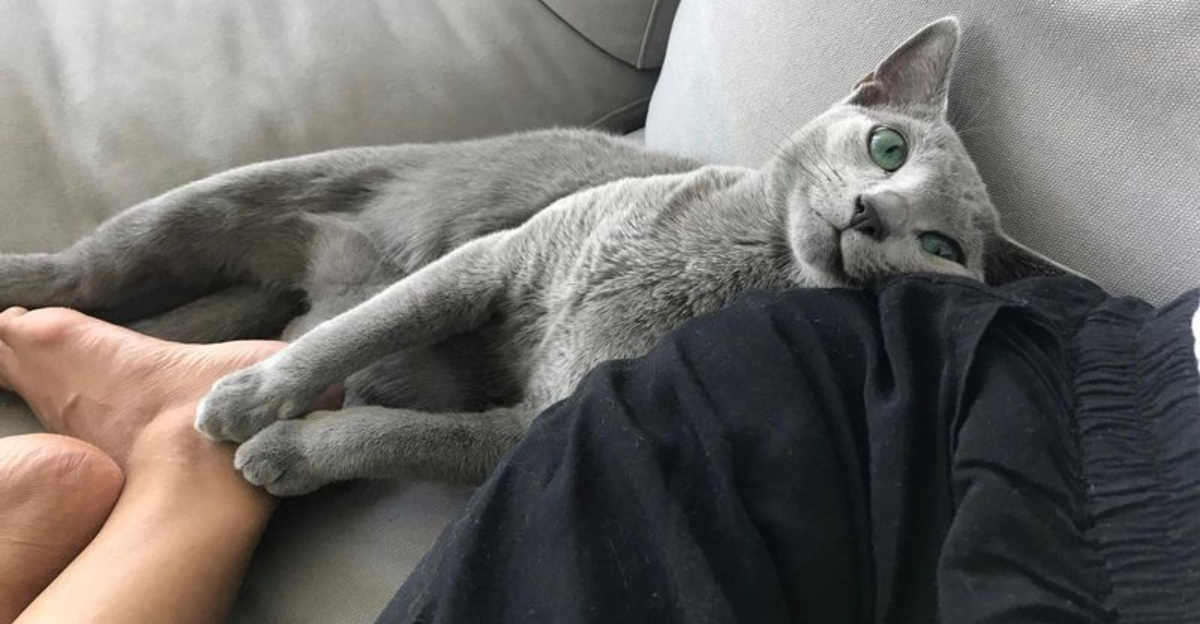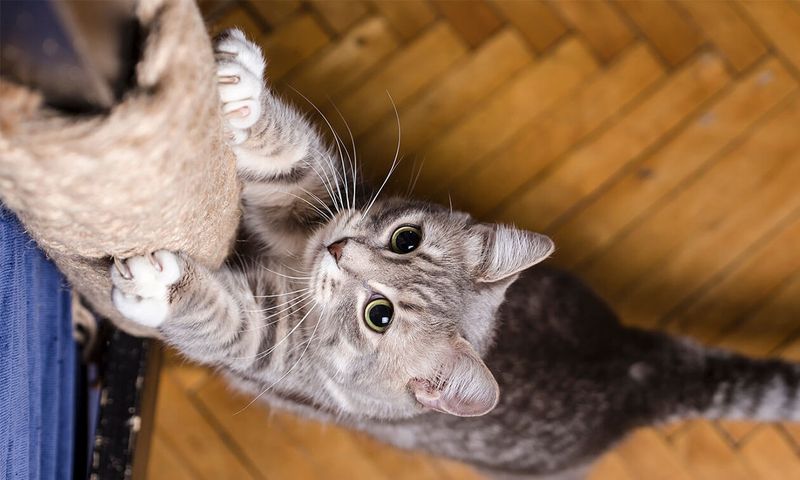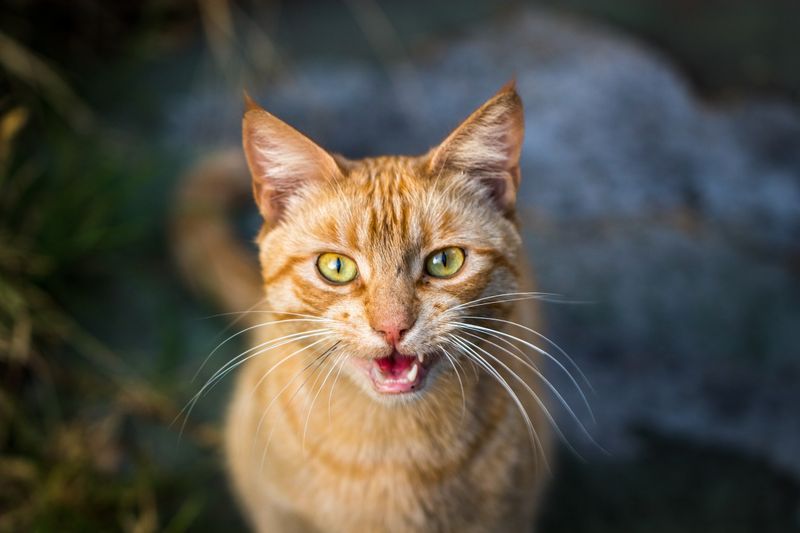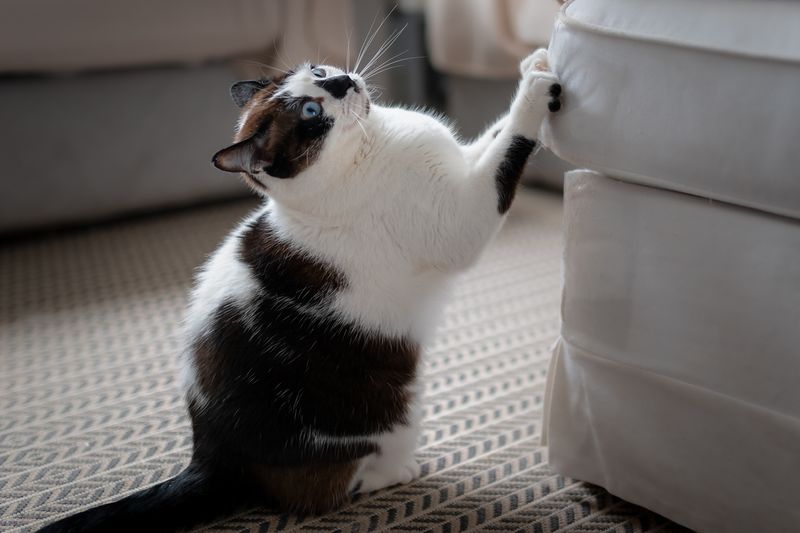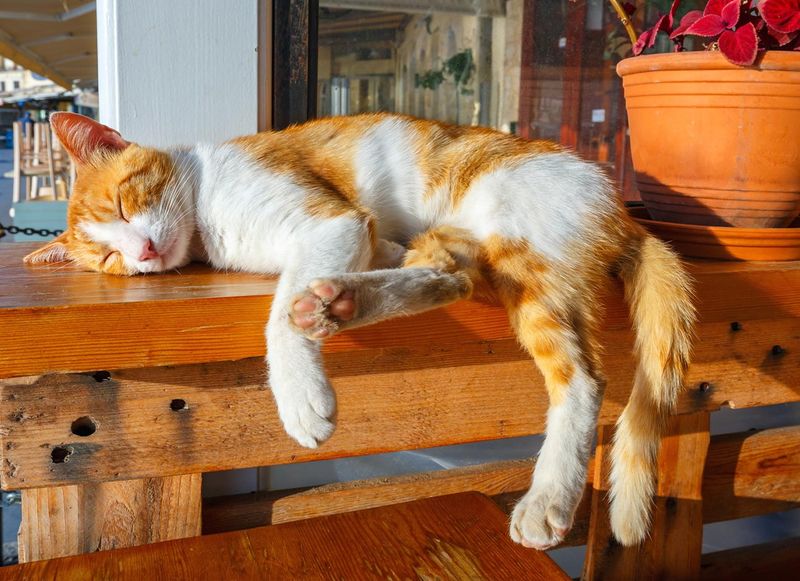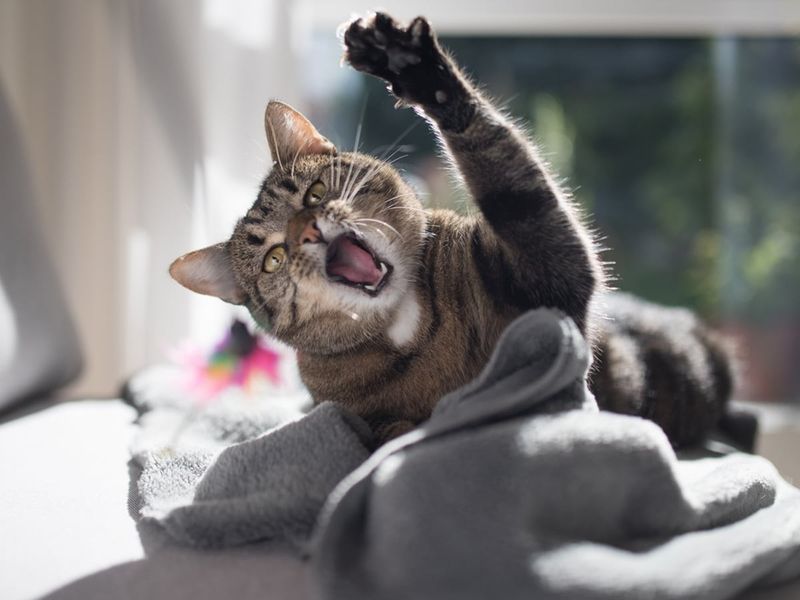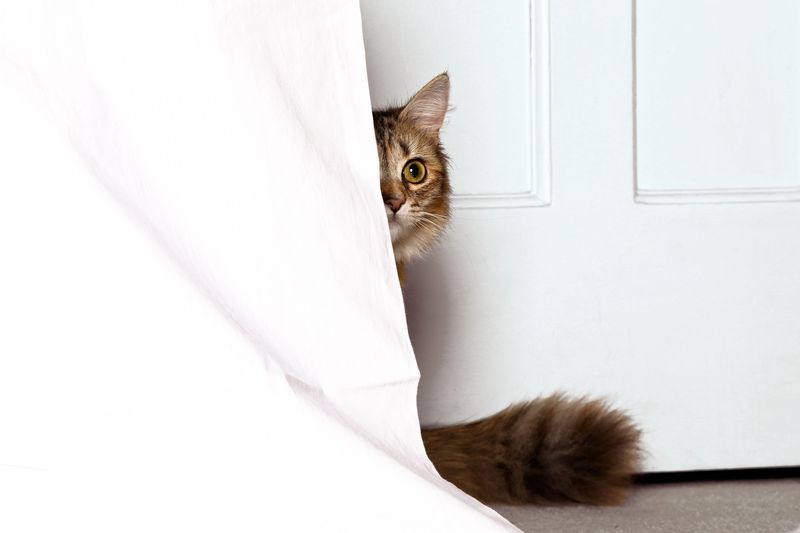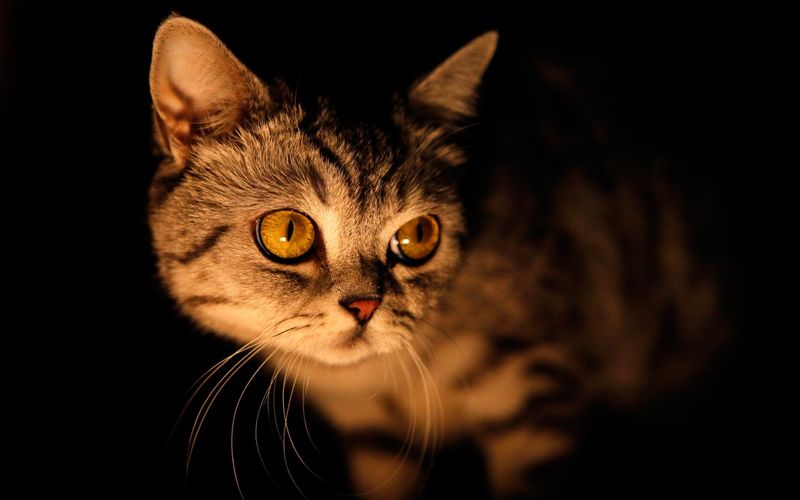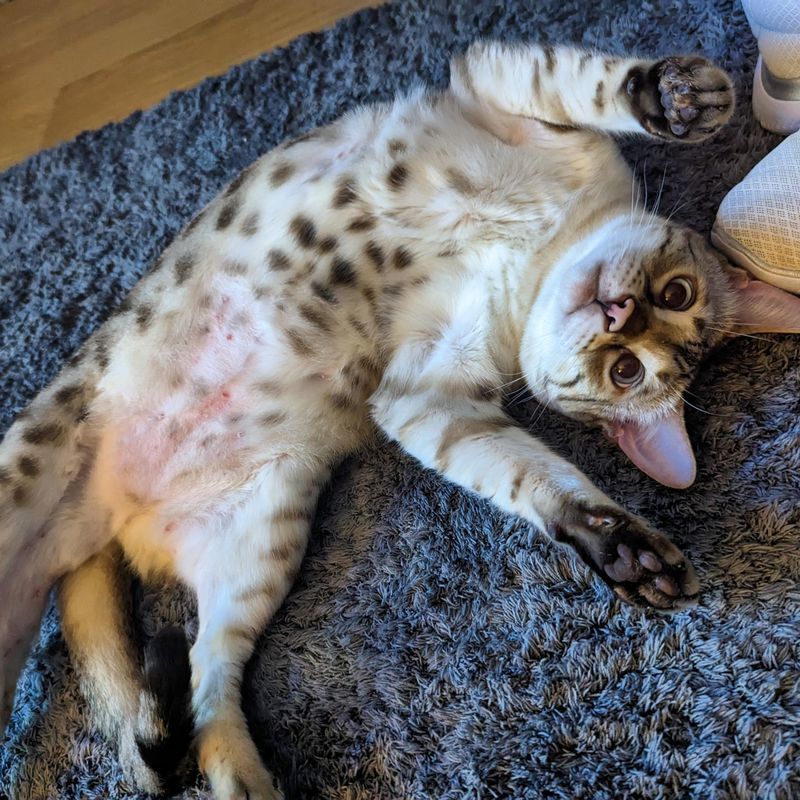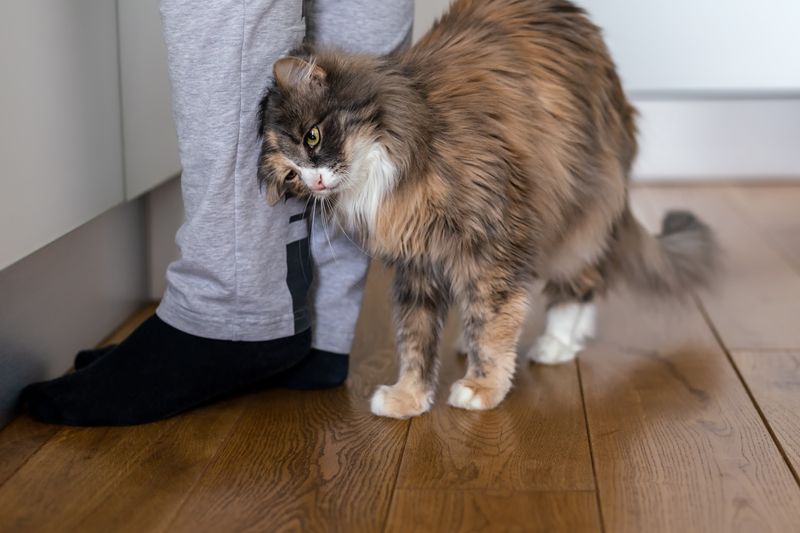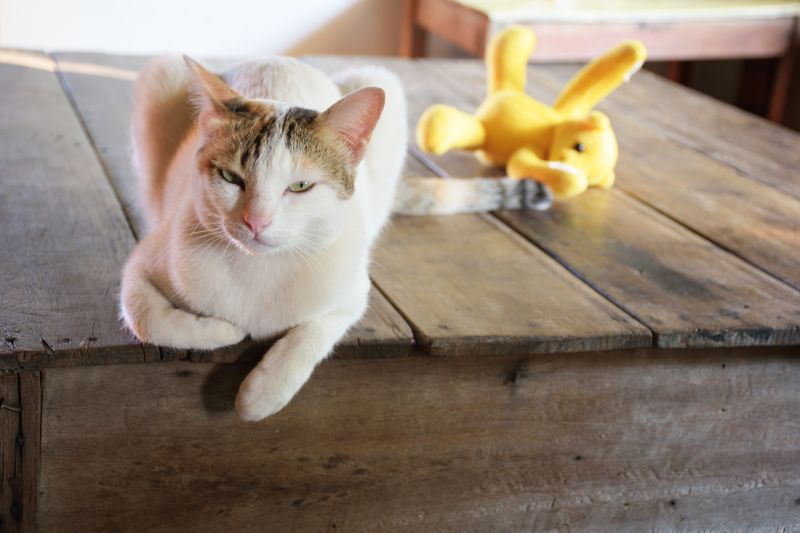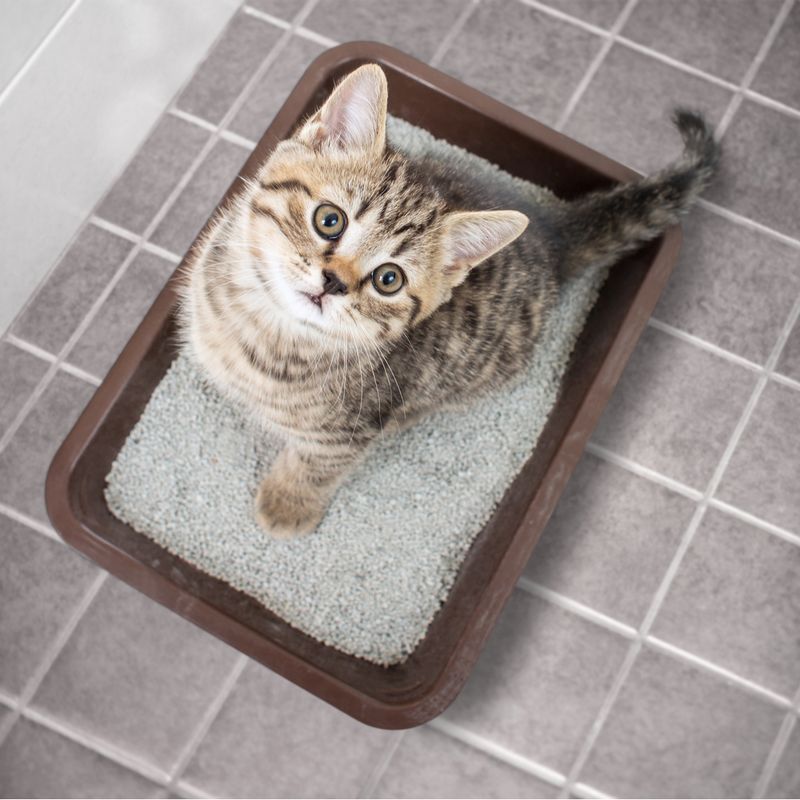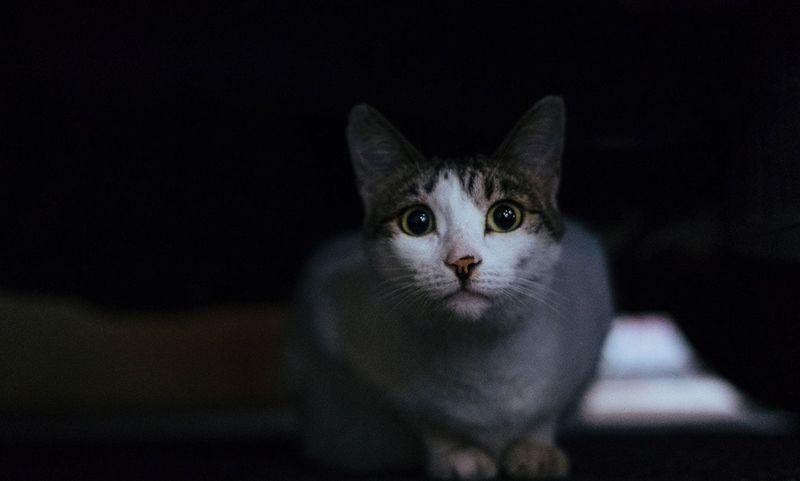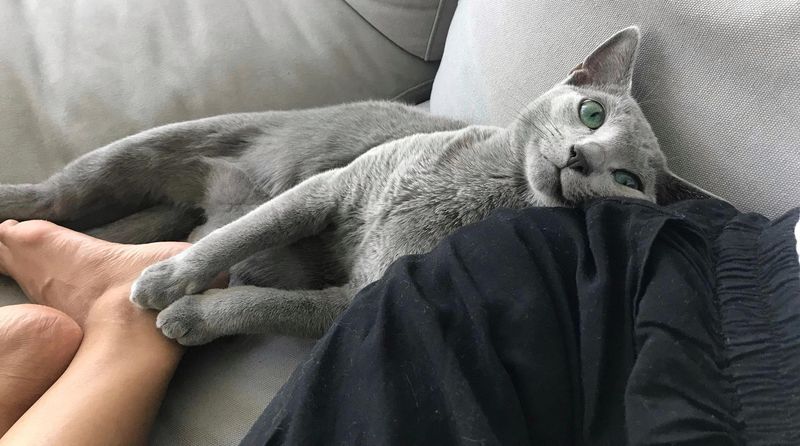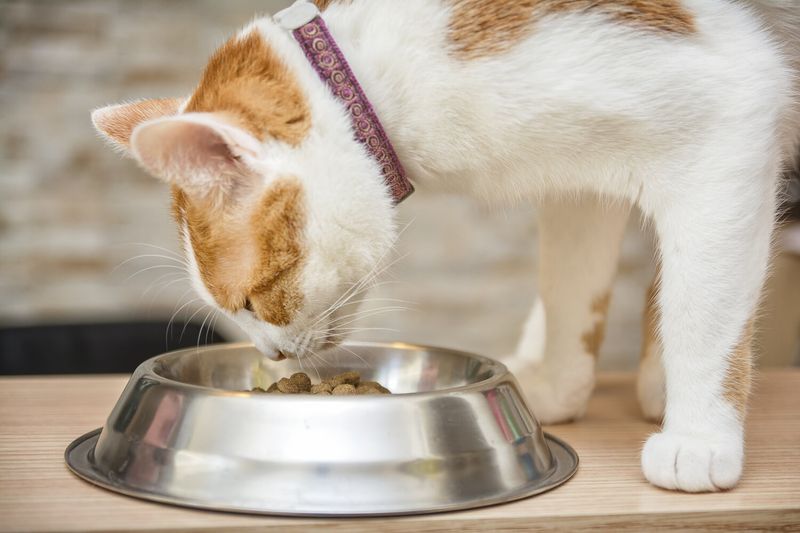📖 Table of Content:
- 1. Increased Scratching
- 2. Excessive Meowing
- 3. Overeating or Loss of Appetite
- 4. Destructive Behavior
- 5. Sleeping More Than Usual
- 6. Aggression Towards Other Pets
- 7. Hiding or Avoiding Interaction
- 8. Increased Vocalization During Night
- 9. Excessive Grooming
- 10. Following You Everywhere
- 11. Ignoring Toys
- 12. Litter Box Issues
- 13. Hyperactivity at Night
- 14. Attention Seeking Behavior
- 15. Frequent Vocalization at Feeding Time
Cats are known for their independent nature, but they still need mental and physical stimulation to maintain their well-being. Without proper engagement, boredom can set in, causing them to exhibit unusual or destructive behaviors. Understanding these signs helps ensure that cats stay happy and healthy, both physically and mentally.
Boredom in cats often leads to restlessness and frustration, which can affect their overall mood. They may resort to undesirable activities, like excessive scratching, chewing, or even over-grooming. Identifying these signs early can prevent negative behaviors from becoming routine.
Creating an environment filled with enrichment and new activities is key to keeping cats engaged. Toys, interactive playtime, and safe outdoor experiences can help fulfill their natural instincts. Recognizing when a cat is seeking more stimulation ensures they live an enriched and balanced life.
1. Increased Scratching
When your cat starts scratching furniture and walls more frequently, it might be seeking ways to alleviate boredom. Scratching is a natural behavior for cats, helping them to mark territory and keep their claws healthy.
If you notice an uptick in this activity, it could be a sign that your cat is craving more stimulation. Providing scratching posts and interactive toys can redirect this energy.
Consider placing these items in areas where your cat spends most of its time. This not only protects your furniture but also offers your feline companion an engaging outlet for its natural instincts.
2. Excessive Meowing
Cats communicate through meows, but excessive vocalization can signal boredom. If your usually quiet cat becomes vocal, it might be trying to express its need for attention or play.
Listening to your cat and engaging it in interactive playtime can help alleviate this behavior. Consider using toys that mimic prey movements to satisfy your cat’s hunting instincts.
Additionally, creating a window perch for your cat to watch the outside world can offer mental stimulation. This setup allows your feline to observe birds and passersby, keeping it entertained throughout the day.
3. Overeating or Loss of Appetite
Changes in eating habits, such as overeating or loss of appetite, can hint at boredom. Some cats eat out of boredom, while others might lose interest in food due to lack of stimulation.
Monitoring your cat’s eating patterns can provide insights into its mental state. If boredom is suspected, introducing puzzle feeders can make mealtime more engaging, stimulating your cat’s mind and body.
Changing up the feeding routine and incorporating playtime before meals can also break the monotony, encouraging healthier eating habits. Always consult a vet if drastic changes in appetite occur.
4. Destructive Behavior
Boredom can lead to a range of destructive behaviors in cats, such as knocking over household items or shredding furniture. Young cats, in particular, often have an abundance of energy that needs to be channeled appropriately.
If you find your cat engaging in such activities, it’s crucial to provide alternatives. Interactive toys, climbing trees, and regular play sessions can redirect this behavior.
Creating a stimulating environment with varied textures and playthings can keep your cat busy and content. Regular mental challenges and physical activities are essential to prevent destructive tendencies borne out of idleness.
5. Sleeping More Than Usual
While cats are known for their love of sleep, excessive napping might indicate boredom. A cat with nothing to do may resort to sleeping as a pastime.
If your cat’s sleep duration increases significantly, consider adding more playtime and activities to its day. Engaging your cat with new toys and interactive games can stimulate its mind and body.
Providing a variety of toys and regularly rotating them can keep your feline friend interested and active. Balancing rest with activity ensures your cat remains healthy and happy.
6. Aggression Towards Other Pets
A bored cat might turn its frustration towards other pets, becoming more aggressive. This is a common sign that the cat isn’t getting enough stimulation or playtime.
To alleviate this, ensure your cat has plenty of toys and activities to keep it occupied. Creating separate spaces for play and rest can also help reduce tension.
Engaging your cat in solo play sessions can help burn off energy in a positive way. Introducing new toys and rotating them regularly keeps interactions fresh, reducing chances of aggression.
7. Hiding or Avoiding Interaction
If your cat starts hiding more often, it could be a sign of boredom. Cats that aren’t mentally or socially engaged may withdraw to quiet spaces to escape the lack of stimulation.
Encouraging your cat to come out from hiding involves patience and engaging in activities. Interactive toys and scheduled playtime can draw your cat into more social settings.
Creating safe, inviting spaces with comfortable bedding and accessible toys can encourage exploration. Building trust through gentle interaction is key to helping your cat come out of its shell.
8. Increased Vocalization During Night
If your cat becomes vocal at night, it might be due to boredom from a lack of daytime stimulation. Cats are crepuscular, meaning they’re active during dawn and dusk.
Ensuring your cat gets plenty of play during the day can reduce nighttime vocalization. Interactive toys and scheduled playtime help expend energy.
Establishing a bedtime routine with calming activities can also aid in reducing nocturnal noise. Consistent play and rest ensure a balanced lifestyle for your cat.
9. Excessive Grooming
Cats groom themselves to keep clean, but excessive grooming can indicate boredom or stress. Over-grooming might lead to bald patches and skin issues.
If your cat spends too much time grooming, providing more stimuli can help divert its attention. Interactive toys, climbing structures, and engaging play sessions can alleviate boredom.
Monitoring your cat’s grooming habits and consulting a vet if skin issues arise is important. Balancing grooming with active play helps maintain your cat’s mental well-being.
10. Following You Everywhere
When your cat follows you everywhere, it may be looking for mental and physical stimulation. Although it’s often a sign of affection, it could also suggest that your cat is bored.
Engaging your cat with interactive toys and play sessions can provide the mental stimulation it seeks. Puzzle toys and treat dispensers offer challenges that keep cats occupied.
Additionally, setting up a dedicated play area with various toys can encourage independent play, giving your cat the stimulation it needs while providing you with some space.
11. Ignoring Toys
A cat that ignores its toys might be telling you it’s time for something new. Just like us, cats need fresh challenges to keep their minds sharp and their spirits high.
Introducing new toys and regularly rotating the existing ones can reignite your cat’s interest. Consider toys that simulate hunting or offer puzzles for mental engagement.
Observing your cat’s preferences helps in selecting toys that keep it entertained. Providing diverse options ensures your cat remains active and mentally stimulated.
12. Litter Box Issues
Refusing to use the litter box might not always be about cleanliness—boredom or stress can also be the cause. Cats need mental engagement to stay balanced, and when that’s missing, they may express their dissatisfaction by avoiding the litter box.
Ensuring your cat has a clean, comfortable litter box is essential. However, adding stimulating activities can address underlying boredom.
Regular playtime and new toys can redirect your cat’s focus, reducing stress-related behavior. Consulting a vet if issues persist is advisable to rule out health problems.
13. Hyperactivity at Night
Cats are naturally active at night, but hyperactivity might stem from daytime boredom. Without enough stimulation during the day, your cat may become restless at night.
Providing plenty of playtime and activities during daylight hours can help manage this nocturnal energy. Interactive toys and exercises are beneficial.
Ensuring your cat has a balanced schedule of rest and play promotes a peaceful night for both you and your feline friend. Monitoring your cat’s activity patterns can offer insights into its needs.
14. Attention Seeking Behavior
Constantly pawing at you or nudging for attention might signal that your cat is looking for more engagement. A bored cat often craves extra stimulation to stay content.
Incorporating play sessions and introducing new toys can fulfill your cat’s need for attention. Puzzle toys that dispense treats can engage your cat for longer periods.
Establishing a routine with scheduled playtime ensures your cat receives the interaction it desires. Regular social engagement helps maintain your cat’s happiness and mental balance.
15. Frequent Vocalization at Feeding Time
If your cat becomes vocal at feeding time, it might be expressing impatience or boredom with the routine. Cats thrive on variety and challenge.
Introducing puzzle feeders or varying mealtime routines can make feeding more stimulating. These changes engage your cat’s mind and satisfy its natural instincts.
Monitoring your cat’s feeding behavior and adjusting its routine can enhance its mealtime experience. Keeping feeding times interesting promotes a healthy appetite and contentment.
